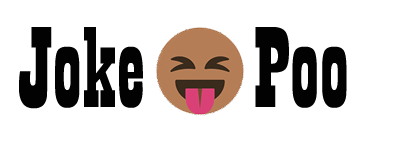When the food runs out, other ants come along to remove the scent. They’re known as deodorants.
Joke Poo: Did you know that honeybees do a waggle dance to tell other bees where to find nectar-rich flowers?
When the nectar starts to ferment and the flowers attract bears, another type of bee arrives. They’re called bear-riers.
Okay, let’s break down that ant joke!
Original Joke Breakdown:
- Setup: Scavenger ants mark a scent trail to food so the colony can follow. This is a factual statement establishing a scientific premise.
- Punchline: When the food runs out, other ants remove the scent, and they’re called “deodorants.” This is a pun, playing on the function of deodorant (to remove scent) and applying it to ants.
- Humor Mechanism: The joke relies on a pun, specifically homophony (words that sound alike but have different meanings and spellings – “deodorants” as in odor removal vs. “deodorants” as in the product). It’s also humorous because it anthropomorphizes ants, giving them a job related to hygiene.
Key Elements:
- Scavenger Ants: Specific type of ant with foraging behavior.
- Scent Trail: The means of communication and navigation.
- Food Source: The motivator for the scent trail.
- Odor Removal: The core concept for the pun.
- “Deodorant” (Pun): The linguistic twist that delivers the humor.
Enrichment & New Humor Generation:
Let’s use some ant-related facts to create a new observation, building off the original joke.
Did you know? Ant colonies can be incredibly territorial. Some ant species engage in “warfare” with neighboring colonies, often resulting in casualties. Now, imagine the scene:
New Joke/Witty Observation:
You know, after a fierce battle between ant colonies, the cleanup crew doesn’t just remove the pheromone scent trails; they have to deal with bodies. It’s a grisly task. They’re not just deodorants anymore; they’re now… anti-septic!
Explanation:
- Builds on the original: It keeps the ant theme and the idea of cleanup.
- Adds a new element: The fact about ant warfare provides a darker, more absurd scenario.
- Extends the pun: The pun is evolved and now uses “anti-septic” that combines two parts “anti” from “ant” and “septic” as it refers to bacteria/dead bodies.
Another Possible Approach: A Factual “Did You Know” with a Comedic Twist
Did you know that some ant species can lift objects 50 times their own weight? That’s like a human lifting a small car! So, when the “deodorant ants” are clearing away a strong scent trail, they’re not just neutralizing the smell. They’re basically doing a microscopic, organic demolition job. I guess you could say they’re the world’s smallest, most ripped urban planners.
Explanation:
- Starts with a real fact: About ant strength.
- Connects it to the original joke’s premise: Linking ant strength to the scent removal.
- Creates a humorous image: The visual of ants being miniature demolition workers and ripped urban planners adds humor through absurdity.
The key is to take the initial joke’s elements, research related facts (even slightly tangential ones), and then find a way to either extend the original pun, create a new pun based on the facts, or create a funny image or scenario by combining the fact with the joke’s premise.


